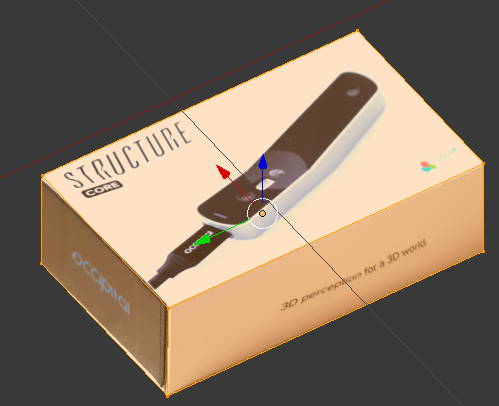I'm using the UV project modifier to project an image from a projector. This projector is also a camera with the coordinates obtained using fSpy. Blender stackexchange user Cegaton taught me how to do this in this post using blender 2.8. I've had a few crashes with blender 2.8, so I am still using 2.79b.
The image on the mesh in Blender 2.79b file is warped. See the original image below.
See the result of the UV Project modifier below.

You can see that, near the red arrow, the image is warped/skewed. Also the texts are not straight.
I unwrapped this box using Smart UV Project with default settings. I selected the faces on the UVmap that corresponds to the 3 faces that the image is projected on.

These are the mapping settings of the texture on the material.
And here the settings of the UV Project modifier.
How can I make the image on the box look the same as the original?
Side note: I want to use the UV Project modifier as I want to apply this same technique to a room that was scanned to a point cloud and turned into a mesh. So for that I cannot use manual UV unwrapping, as it is too time consuming.







